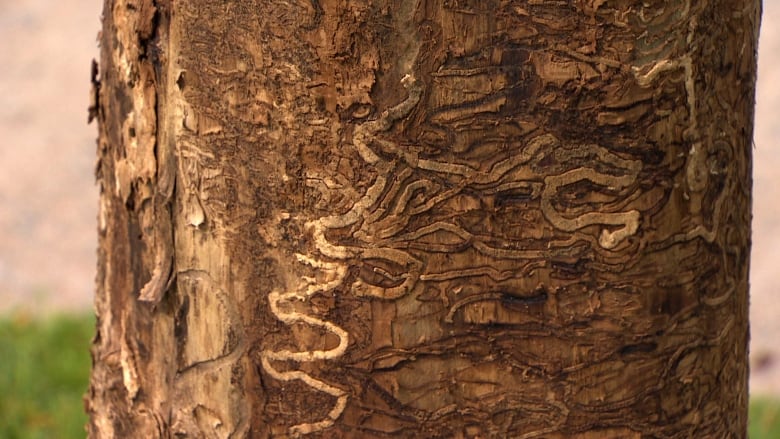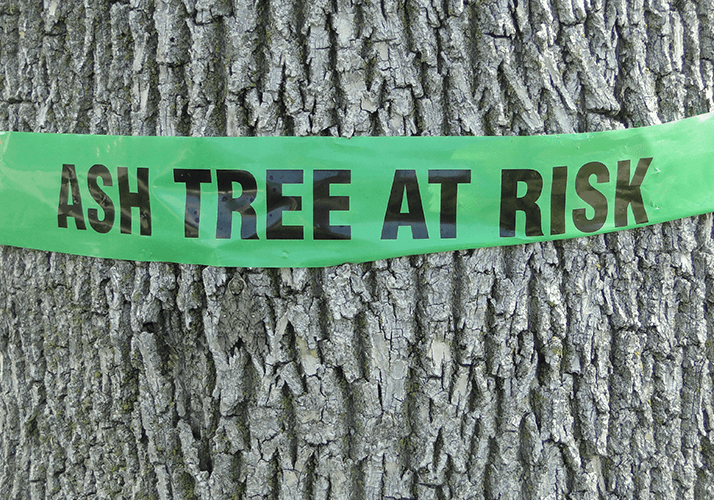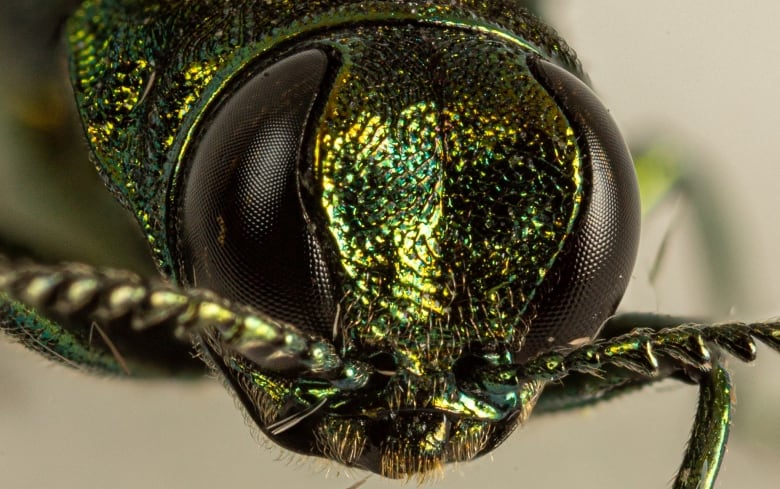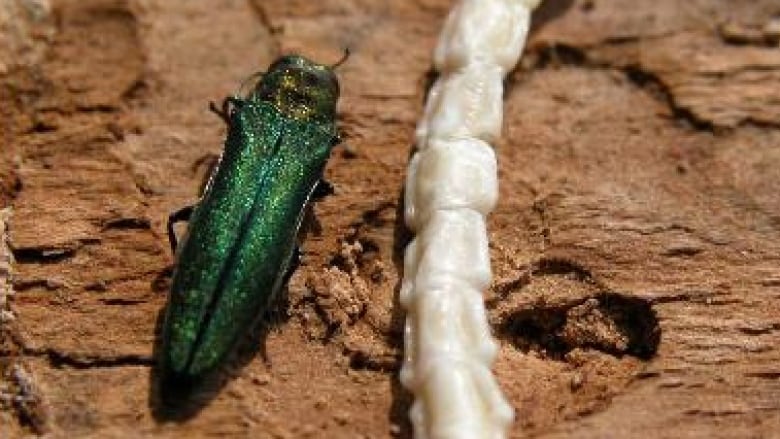The Emerald Ash Borer, an invasive beetle species notorious for devastating ash tree populations in North America is steadily making its way westward across Canada, and the city of Calgary is preparing for its potential arrival.
The emerald ash borer, first detected in Canada in 2002 in Ontario, has gradually spread to Quebec, New Brunswick, Nova Scotia, Manitoba, and most recently, British Columbia.
It is a very serious threat to the species and the overall environment.
Calgary’s Urban Canopy at Risk
Calgary is particularly concerned about the potential impact of the emerald ash borer due to its significant ash tree population. With over 70,000 ash trees on public land and countless more on private property, the city’s urban canopy is at severe risk.
The city has been actively monitoring for the beetle for several years and has set up 200 traps as part of its invasive species monitoring program, which will remain in place until September.
According to a city spokesperson, early detection of invasive species is crucial in slowing their spread and minimizing the economic and environmental costs associated with their establishment.

Public’s Role in Protecting Calgary’s Trees From the Borer
Entomologists and municipalities, having spent millions of dollars combating the emerald ash borer, emphasize the importance of public involvement in safeguarding Calgary’s tree canopy. While monitoring efforts are essential, the public can play a critical role in preventing the spread of the beetle.

The emerald ash borer primarily spreads through firewood and lumber, making it crucial for individuals to take precautions. Ken Fry, an entomology instructor at Olds College, urges the public to destroy all firewood and burn it where it is purchased, rather than transporting it.
The Canadian Food Inspection Agency (CFIA) prohibits the movement of ash firewood or any other ash article out of regulated areas where the emerald ash borer has been detected.
Lessons from Other Canadian Cities
Several Canadian cities have already experienced the devastating impact of the emerald ash borer and offer valuable lessons for Calgary. Montreal allocated $18 million over three years in 2016 to combat the beetle, while the City of Winnipeg estimated a 10-year management cost of $105 million for its 357,000 ash trees in 2018.

In Ontario, the province where the beetle was first detected, municipalities are urging Calgary to take proactive measures to prevent significant damage to its budget and tree population. Yemi Adeyeye, municipal forester for the City of Windsor, emphasizes the destructive nature of the emerald ash borer, which resulted in the loss of approximately 7,000 ash trees in Windsor alone.
Similarly, Sudbury, Ontario, is currently in the process of removing all 1,200 of its public ash trees following a recent invasion. Stephen Monet, Greater Sudbury’s manager of strategic and environmental planning services, advises Calgary to prepare as best as possible for the potential impact, considering the scale of the challenge.

Uncertainties and Natural Barriers
While the emerald ash borer poses a significant threat, Alberta’s unique landscape may provide some natural barriers against its spread. The Rockies and Prairies could potentially hinder the beetle’s movement, and ash trees in the province are generally more scattered compared to Ontario.
However, there are still many unanswered questions regarding the beetle’s behavior and survival in Alberta’s landscape. Entomology instructor Ken Fry acknowledges the resilience and adaptability of nature, emphasizing that caution is necessary, as the situation is far from certain.
As Calgary prepares for the potential arrival of the emerald ash borer, it remains crucial for individuals to stay vigilant and follow guidelines to prevent the spread of this destructive beetle.
